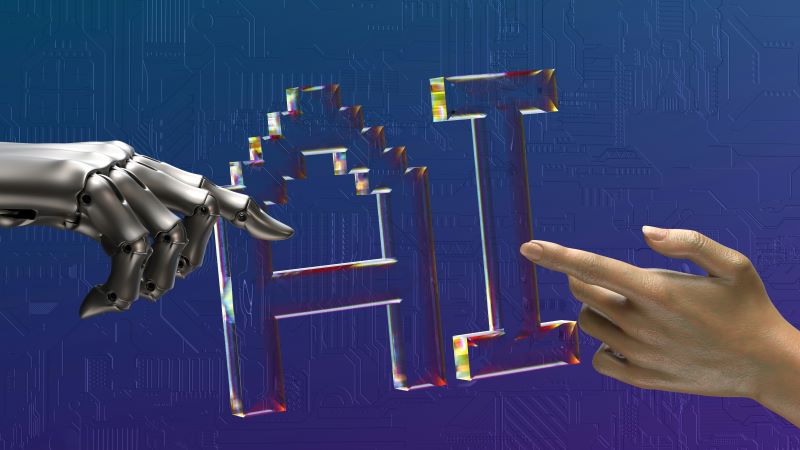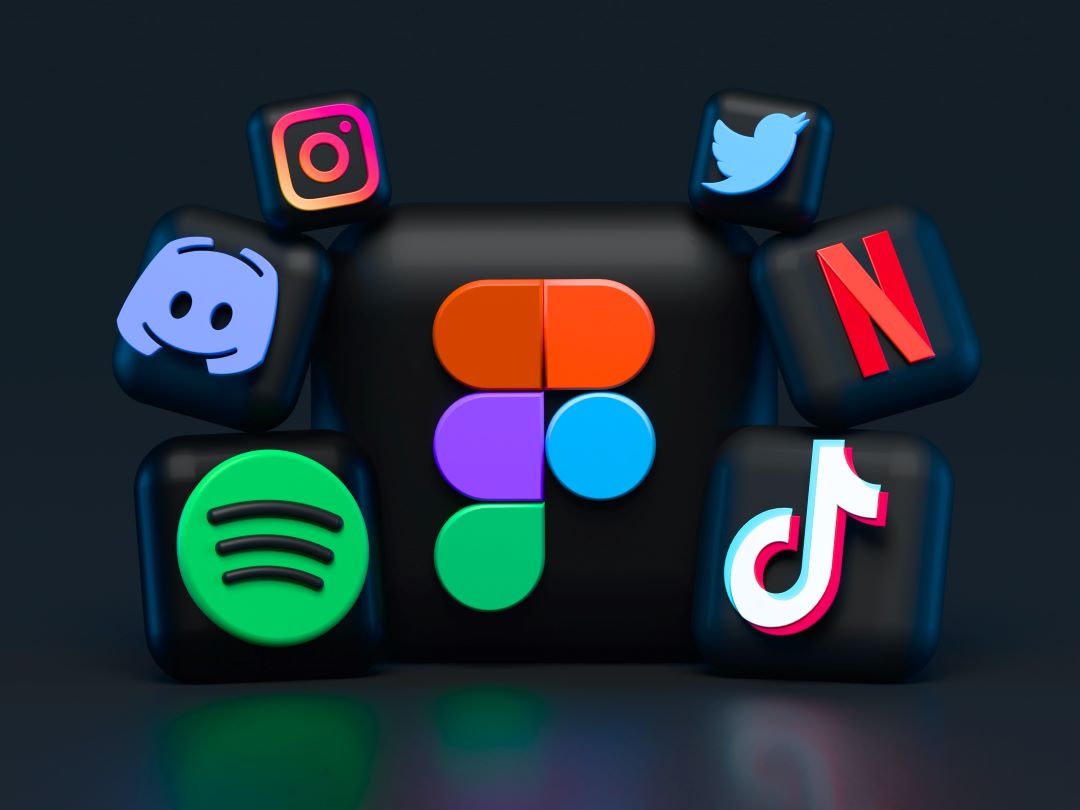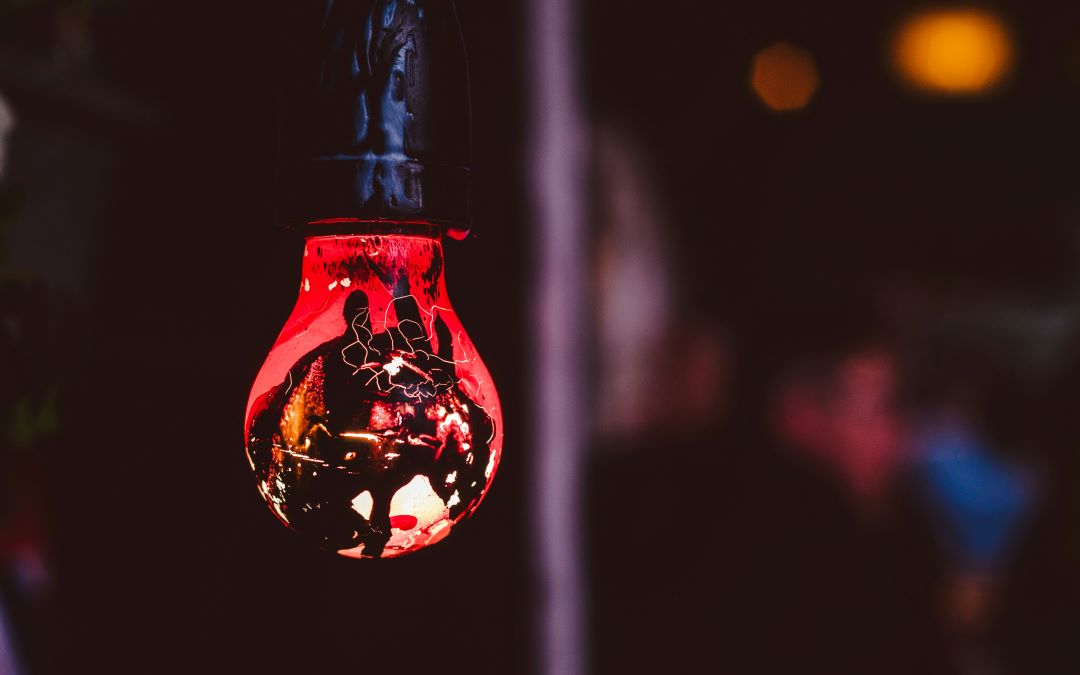
In the ever-evolving landscape of technology, the rise of artificial intelligence (AI) has sparked both excitement and concern across various industries. From healthcare to finance, AI has demonstrated its potential to revolutionize processes, streamline tasks, and enhance productivity. One field that’s particularly susceptible to AI’s impact is graphic design. As AI continues to advance, the question arises: will AI replace graphic designers in the future?
Before delving into this inquiry, it’s essential to understand the current role of graphic designers and the capabilities of AI in the realm of design. Graphic designers are skilled professionals who blend creativity with technical expertise to convey messages visually. They conceptualize and create designs for a wide array of mediums, including print, digital platforms, advertising, branding, and more. Their work involves understanding client needs, market trends, and design principles to produce visually appealing and effective solutions.

On the other hand, AI in graphic design primarily revolves around generative algorithms and machine learning models. These AI systems can analyze vast amounts of data, recognize patterns, and generate designs autonomously. They can perform tasks such as image manipulation, layout design, color selection, and even generate entire design concepts. Examples of AI-powered design tools include Adobe’s Sensei, Canva’s Design AI, and RunwayML.
The integration of AI in graphic design has led to several advantages. AI-powered tools can accelerate the design process, automate repetitive tasks, and provide design suggestions based on data analysis. They can also enhance accessibility by enabling individuals with limited design skills to create professional-looking designs. Moreover, AI can assist designers in generating multiple design variations quickly, allowing for more exploration and experimentation.
However, despite these advancements, AI still faces limitations in replicating the nuanced creativity and human insight that graphic designers bring to their work. Design is not merely about aesthetics; it’s about storytelling, emotional resonance, and human connection. Graphic designers possess the ability to infuse designs with meaning, context, and cultural relevance, elements that AI currently struggles to comprehend fully.

Furthermore, while AI excels at generating designs based on existing patterns and data, it may lack the capacity for true innovation and originality. Design often requires thinking outside the box, pushing boundaries, and challenging conventions – aspects that are deeply rooted in human imagination and intuition. AI may replicate existing styles proficiently, but it may struggle to produce groundbreaking designs that redefine norms and provoke thought.
Moreover, the role of graphic designers extends beyond design execution. They collaborate with clients, understand their goals, and translate them into visual solutions that effectively communicate messages. Designers engage in critical thinking, problem-solving, and decision-making throughout the design process, elements that are difficult to automate entirely with AI.
However, as AI continues to advance, it’s plausible that its capabilities in graphic design will evolve as well. Future AI systems may integrate natural language processing to better understand client briefs and feedback, allowing for more intuitive collaboration between humans and machines. They may also incorporate emotional intelligence algorithms to gauge audience responses and tailor designs accordingly.
Additionally, AI could empower designers by handling mundane tasks, freeing up time for them to focus on higher-level creative endeavors. Designers could leverage AI as a tool for inspiration, generating ideas and exploring possibilities that they may not have considered otherwise. In this scenario, AI would complement human creativity rather than replace it.

Moreover, the relationship between AI and graphic design could lead to new career opportunities and interdisciplinary collaborations. Designers may specialize in overseeing AI-driven design processes, curating datasets, and fine-tuning algorithms to achieve desired outcomes. Cross-disciplinary teams comprising designers, engineers, and data scientists may become commonplace, fostering innovation and diversity of thought.
Ultimately, the future of AI in graphic design is not about displacement but transformation. While AI may automate certain aspects of the design process, it cannot replicate the depth of human creativity, empathy, and imagination. Graphic designers are storytellers, problem solvers, and cultural interpreters – roles that are deeply ingrained in the human experience.
In conclusion, the integration of AI in graphic design presents both opportunities and challenges. While AI-powered tools can enhance efficiency and productivity, they cannot replace the inherent creativity and human touch that graphic designers bring to their work. Instead of fearing obsolescence, designers should embrace AI as a tool for innovation and collaboration. By leveraging the strengths of both humans and machines, the future of graphic design holds promise for exciting advancements and new possibilities.


